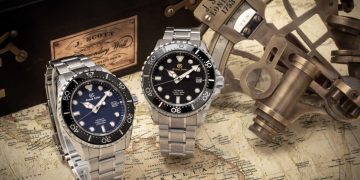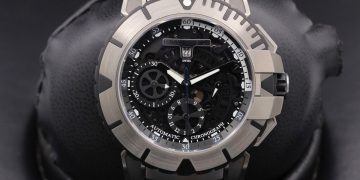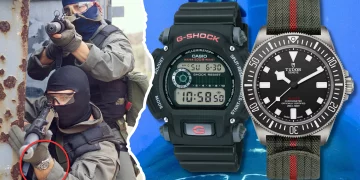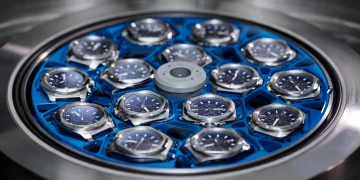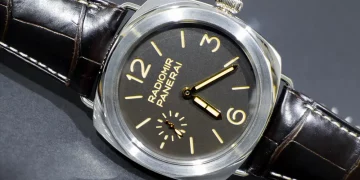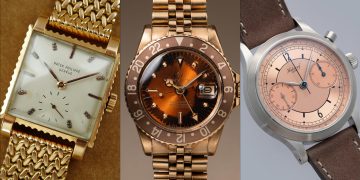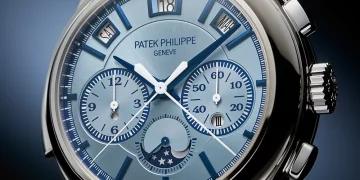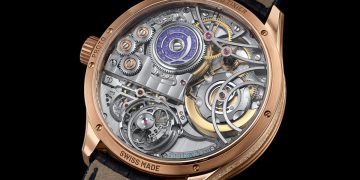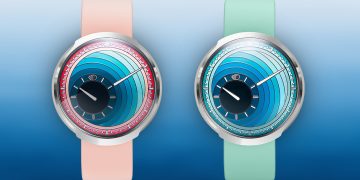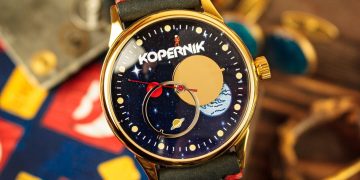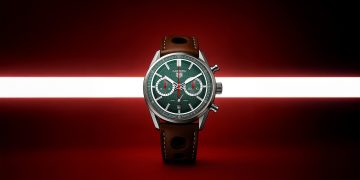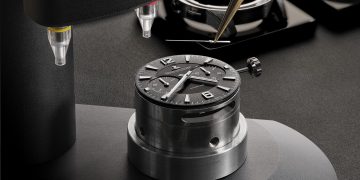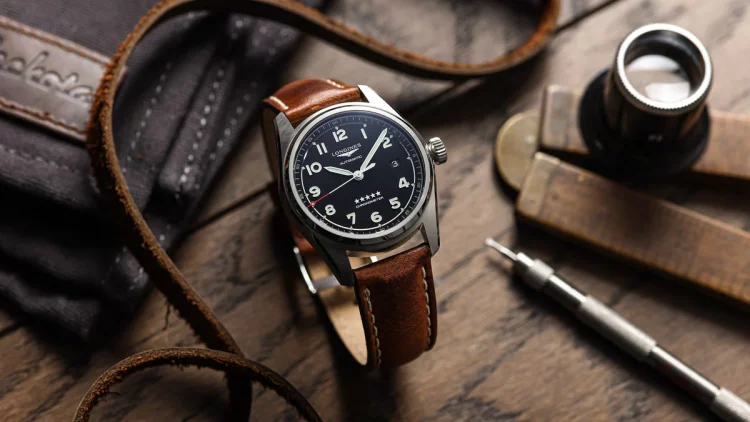Introduction: The Intersection of War and Watchmaking
The development of the wristwatch as we know it today is deeply intertwined with the events of the 20th century, particularly with the two World Wars. While the watch industry has always been driven by precision, innovation, and design, it was through historical conflicts that many of today’s most iconic watch brands were truly shaped. These brands, which are often associated with luxury, quality, and craftsmanship, owe a significant part of their evolution to military demands and wartime needs.
Throughout history, the necessity of reliable timekeeping during times of war led to the development of watches that not only served the military but also revolutionized the design and function of wristwatches. Military forces across the globe required timepieces that could withstand harsh conditions, offer unparalleled accuracy, and provide functionality that could be used in combat situations. These demands forced brands to push the boundaries of what was possible in terms of design, materials, and mechanical ingenuity.
In this article, we will explore the critical role that historical conflicts, especially the First and Second World Wars, played in shaping the evolution of iconic watch brands. We will also highlight specific models created for military use that have since become legendary, with designs and technologies that continue to influence modern watchmaking.
Watches for the Front Lines: The Birth of Military Timepieces
Before wristwatches became mainstream for civilian use, pocket watches were the norm for timekeeping. However, during the early 20th century, particularly around World War I, the military began to recognize the utility of wristwatches for soldiers in the field. The trench warfare of WWI highlighted the need for hands-free, easily accessible timepieces that could be used without having to fumble with a pocket watch in the midst of combat.
The Advent of the Pilot Watch: Longines and the Birth of the Aviation Chronograph
One of the earliest and most famous military watches came from Longines, a Swiss watchmaker that had been creating high-quality timepieces since 1832. As aviation advanced during World War I, pilots needed accurate and reliable watches to keep track of time during flights. This led to the creation of the Longines Aviator model, one of the first watches designed specifically for pilots.
Longines’ contributions to military watchmaking didn’t end there. In the 1930s, Longines developed chronographs for military pilots, offering greater accuracy and precision for those navigating the skies. The brand’s innovation in creating aviation chronographs helped shape future designs for both military and civilian use.
Longines’ role in shaping aviation watch design was so profound that its watches were used by pilots from several countries during World War II, cementing the brand’s reputation as a pioneer in aviation timepieces.
The Rolex “Oyster” and the Advent of Dive Watches
While Rolex is primarily associated with luxury today, its roots are firmly planted in military service. One of the brand’s most iconic contributions to wartime watchmaking came in the form of the Rolex Oyster in 1926. The Oyster was the first waterproof watch, designed to withstand the harshest of conditions, including the extreme pressures of underwater combat.
During World War II, military personnel needed reliable, water-resistant watches that could be used in naval operations. The Rolex Oyster became a favorite among divers, with its robust design making it ideal for underwater missions. The watch’s success in the military context led to Rolex’s later development of the Submariner in 1953, a timepiece that revolutionized the dive watch category. The Submariner was embraced by both military forces and civilian divers due to its remarkable durability and water resistance, features that were first tested and perfected during wartime.
The Field Watch: The Hamilton Watch Company’s Military Legacy
The Hamilton Watch Company is another brand whose legacy is deeply rooted in military service. During World War I, the U.S. military began outfitting soldiers with Hamilton watches, recognizing the need for reliable wristwatches on the battlefield. By World War II, Hamilton had established itself as one of the leading suppliers of military timepieces.
Hamilton’s field watches were designed for functionality above all else. These watches featured simple, legible dials with clear markings, making them ideal for soldiers who needed to quickly read the time under adverse conditions. The rugged construction and accuracy of Hamilton watches made them a staple in the gear of U.S. soldiers during the war.
One of Hamilton’s most iconic wartime models was the W10 Military Watch, introduced in the 1970s. This timepiece was developed specifically for the British Ministry of Defence (MOD) and became known for its tough construction, accuracy, and reliability.
World War II: The Golden Age of Military Watchmaking
World War II was perhaps the most influential conflict in the history of wristwatch design. With the global conflict demanding the best in precision timekeeping, watch manufacturers rose to the occasion, creating designs that would go on to become some of the most coveted models in the history of horology.
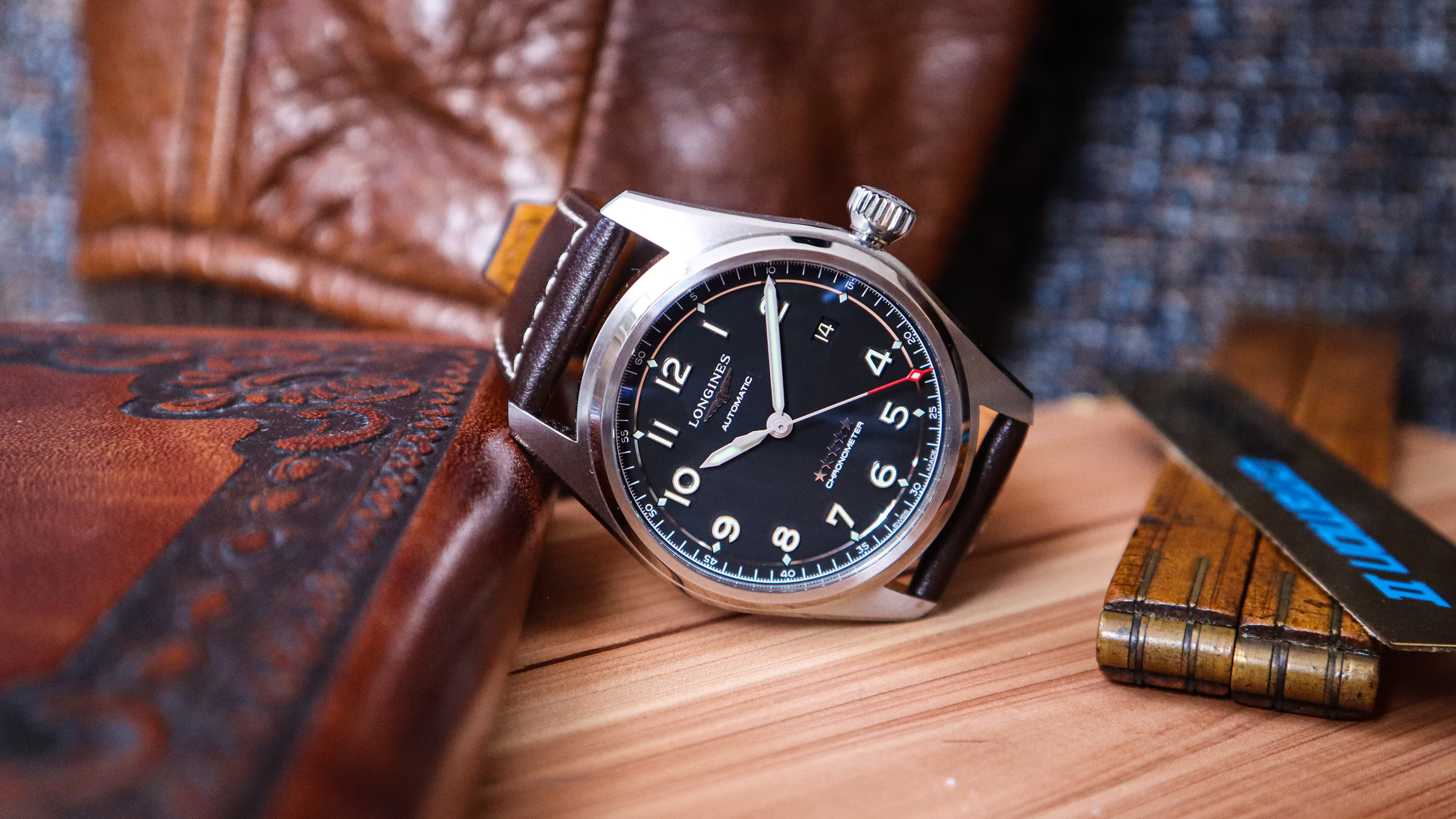
The Role of the Swiss Watchmakers
While Switzerland maintained a neutral stance during both World Wars, many Swiss watchmakers still found themselves involved in military production, particularly in the form of supplying timepieces for the Allied forces. Brands like Omega, Rolex, and IWC became known for their high-quality watches, which were often outfitted with military-specific features such as luminescent dials for night operations and shock resistance for combat.
Omega, in particular, played a significant role in supplying watches for the British and American military during World War II. Their models, such as the Omega Dirty Dozen, were designed with military needs in mind, and became essential pieces of gear for soldiers during the conflict. These watches were rugged, utilitarian, and incredibly precise, making them ideal for military use.
The IWC Big Pilot: A Timeless Aviation Classic
International Watch Company (IWC) was another Swiss brand that made a mark during World War II with its aviation watches. The IWC Big Pilot was designed specifically for military pilots and is now one of the most iconic watches in IWC’s history. During the war, IWC produced aviation watches for the German Luftwaffe, which required timepieces that could withstand the demands of aerial warfare. The Big Pilot became a legend in the aviation world for its large, easy-to-read dial and highly accurate movement, features that were crucial for pilots navigating dangerous skies.
The B-Uhr: The German Military Watch
One of the most recognizable military watches of World War II was the B-Uhr, or Bundeswehr Uhr, produced for the German Luftwaffe. The B-Uhr was designed to be worn by German pilots during the war and featured a large, easy-to-read dial, a robust case, and a highly accurate movement. Several renowned German watchmakers, including A. Lange & Söhne and Stowa, produced B-Uhr watches during the war.
The design of the B-Uhr was groundbreaking for its time, and its influence can still be seen in modern aviation watches. Today, many modern brands produce watches inspired by the B-Uhr, a testament to its timeless design and functionality.
Post-War Innovation: The Transition to Civilian Timepieces
After World War II, the demand for military watches decreased, but the innovations driven by wartime needs left an indelible mark on the industry. Brands that had been focused on supplying military forces turned their attention to the civilian market, but the lessons learned from designing watches for combat situations continued to influence the development of new models.
The Evolution of the Dive Watch
The creation of the Rolex Submariner was a direct result of wartime needs for reliable dive watches. After the war, Rolex expanded upon its initial military designs and introduced the Submariner in 1953. This watch became the standard for professional divers and later civilians seeking an exceptional, durable dive watch. The design of the Submariner, which included features like a rotating bezel and water resistance up to 100 meters, was inspired by the wartime demand for precision timekeeping in underwater operations.
Similarly, Panerai, an Italian brand, began creating watches for the Royal Italian Navy during World War II. Post-war, Panerai became renowned for its robust diving watches, with the Luminor and Radiomir models continuing the legacy of military-grade timepieces now coveted by collectors and divers around the world.
The Development of Chronographs for Racing
The evolution of military chronographs during the wars also influenced the development of civilian chronograph models. Brands like Tag Heuer and Omega were known for producing military-grade chronographs during the wars, and after the conflict, they transitioned these designs into sports watches. The development of chronographs for aviation and military use paved the way for the rise of motorsports chronographs, with Heuer creating its iconic Autavia and Carrera models for racing enthusiasts in the post-war era.
Conclusion: War’s Lasting Impact on Watch Design
The history of military conflicts has had a profound and lasting impact on the evolution of wristwatches. From the early days of World War I, when wristwatches were first adopted for military use, to the innovations of World War II that gave birth to some of the most iconic timepieces in horology, the relationship between war and watchmaking is undeniable.
The functionality, precision, and durability demanded by military forces led to the creation of designs that continue to influence modern watchmaking. The legacy of these military timepieces is not only found in the archives of the brands that produced them but also in the continued development of watches that serve both civilian and military needs today.
As we look at the most iconic brands in the watchmaking industry—Rolex, Omega, IWC, Longines, Hamilton, and others—it’s clear that the legacy of wartime innovation continues to shape the watches we wear and admire today. Whether designed for pilots, divers, soldiers, or racers, these timepieces stand as a testament to the resilience and ingenuity forged during times of conflict, and their continued relevance in the civilian market proves the lasting influence of war on watchmaking.


